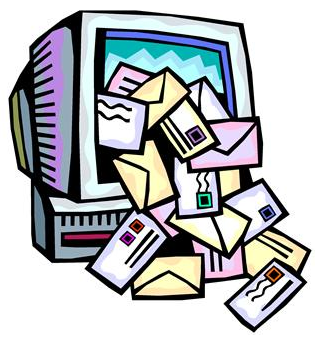Defendants Sanctioned, Sort Of, for Failure to Preserve Text Messages – eDiscovery Case Law

In Christou v. Beatport, LLC, Civil Action No. 10-cv-02912-RBJ-KMT, (D. Colo. Jan. 23, 2013), Colorado District Judge R. Brooke Jackson ruled that the plaintiffs could introduce evidence at trial to show the defendants failure to preserve text messages after the key defendant’s iPhone was lost. However, the judge also ruled that the defendants could present “evidence in explanation…and argue that no adverse inference should be drawn”.
The defendant had worked for the plaintiff in his Denver nightclubs booking disc jockeys and received both financial and promotional support from the plaintiff in launching an online marketplace (Beatport) for promoting and selling Electronic Dance Music. Beatport became enormously successful and grew to become the largest online site that caters essentially exclusively to producers and consumers of Electronic Dance Music. When the plaintiff left the defendant’s employment, he went on to found his own competing nightclub in Denver and the plaintiff claimed that the defendant has been threatening A-List DJ’s that their tracks will not be promoted on Beatport if they perform in the plaintiff’s clubs.
When the case was filed, plaintiffs served a litigation hold letter on the defendants, directing them to preserve several categories of documents, including text messages. However, defendants took no steps to preserve the text messages on the plaintiff’s iPhone, but did not produce any text messages in response to plaintiffs’ first discovery requests served in May 2011. The defendant indicated that he lost his iPhone in August 2011, and with it any text messages saved on it. Plaintiffs contended that this “spoliation” of evidence should be sanctioned by an adverse jury instruction. The defendants noted that Roulier testified that he did not use text messages to book DJ’s and argued that “it is sheer speculation” that his text messages contained relevant evidence, also noting that they responded fully to the May 2011 discovery, indicating that there was nothing responsive in the text messages.
Noting that the defendant’s testimony that he did not use text messages to book DJ’s was “hardly proof that his text messages did not contain relevant evidence”, Judge Jackson also noted that “although defendants state that defendants ‘found no responsive text messages,’ they do not indicate that defense counsel reviewed Mr. Roulier’s text messages”.
Noting that “Spoliation sanctions are proper when ‘(1) a party has a duty to preserve evidence because it knew, or should have known, that litigation was imminent, and (2) the adverse party was prejudiced by the destruction of the evidence.’”, Judge Jackson stated that “Defendants had a duty to preserve Mr. Roulier’s text messages as potential evidence, but they did not do it. Those text messages, few as they might have been, should have been preserved and either provided to the plaintiffs or potentially made the subject of further proceedings before the Court.”
Nonetheless, Judge Jackson found “no basis to assume that the loss of the phone was other than accidental, or that the failure to preserve the text messages was other than negligent” – therefore, the judge found an adverse jury instruction to be “too harsh”. Instead, Judge Jackson ordered that “plaintiffs will be permitted to introduce evidence at trial…of the litigation hold letter” and defendant’s “failure to preserve Mr. Roulier’s text messages”. The defendants were allowed to “present evidence in explanation, assuming of course that the evidence is otherwise admissible, and argue that no adverse inference should be drawn.”
So, what do you think? Should the sanction have been harsher? Please share any comments you might have or if you’d like to know more about a particular topic.
Disclaimer: The views represented herein are exclusively the views of the author, and do not necessarily represent the views held by CloudNine Discovery. eDiscoveryDaily is made available by CloudNine Discovery solely for educational purposes to provide general information about general eDiscovery principles and not to provide specific legal advice applicable to any particular circumstance. eDiscoveryDaily should not be used as a substitute for competent legal advice from a lawyer you have retained and who has agreed to represent you.






